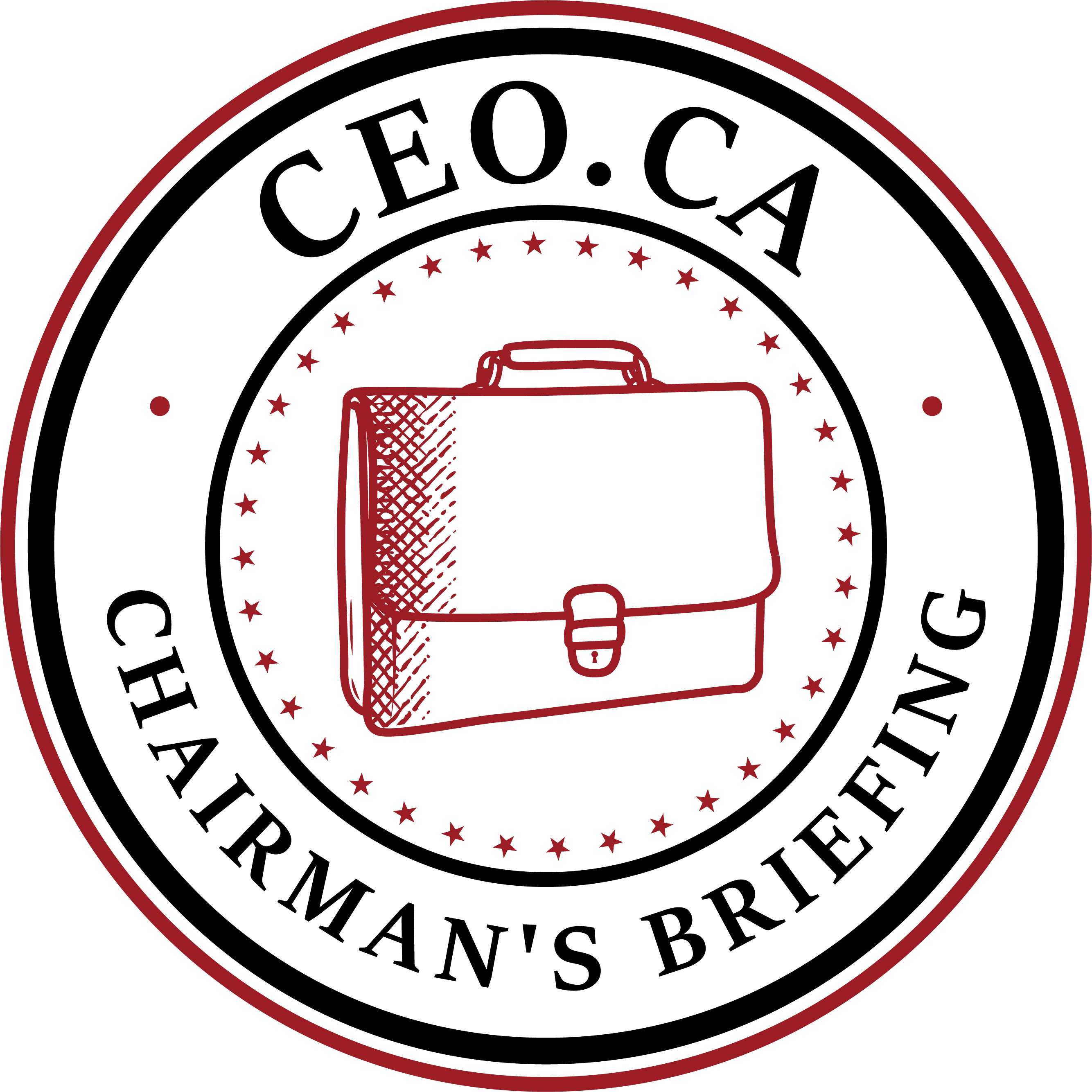(TheNewswire)
 | |||||||||
 |  |  | |||||||
VANCOUVER, BC – TheNewswire - August 21, 2025 – Viva Gold Corp (TSXV: VAU; OTCQB: VAUCF) (the “Company” or “Viva”) is pleased announce it has filed a report titled “Preliminary Economic Assessment, NI43-101 Technical Report, Tonopah Gold Project, Nevada, USA” with a report date of August 20, 2025 on SEDAR for the Tonopah gold project (“Tonopah”). Tonopah is located about 20 minutes’ drive from the town of Tonopah, Nevada. The results of the report were first announced on July 7, 2025. The study was prepared by WSP Canada Inc. (“WSP”) of Calgary, Alberta and Kappes, Cassiday Associates (“KCA”) of Reno, Nevada. All amounts shown in this news release are in United States Dollars and metric units of measurement unless otherwise stated. The Technical Report is available on Viva’s website at www.vivagoldcorp.com and under the companies profile at https://www.sedarplus.com.
“Due to the unique optionality of the Tonopah Gold Project, we decided to take a very detailed and comprehensive approach to fully examine and understand several possible mining and process scenarios. Even after this robust approach, the PEA study demonstrates that the Tonopah Gold project is potentially viable for development as an economic open pit gold mine to produce gold and silver. As we further refine and optimize the final mine and process plan through the planned feasibility study work, we see several areas where capital and operating costs can be dramatically improved. A favorable gold price and permitting environment in the mining friendly State of Nevada further supports this development potential,” stated James Hesketh, President & CEO.
The report details a conventional truck/loader open pit mining operation producing at a rate of 45,000 tonnes per day (“tpd”) over a seven year mine life to feed a 10,000 tpd three-stage crushing plant with 2,000 tpd being directed to a gravity/carbon-in-leach gold mill and 8,000 tpd being sent to a heap leach for gold/silver recovery. The project produces approximately 75,000 ounces of gold per year for the first two years, with an average production of approximately 50,000 ounces per year in years 3 to 7 with production from residual leach in year eight. Average mill circuit gold recoveries of 93% Au, 37% Ag, and heap leach Au recoveries of 75% Au, 14% Ag, to produce a total of 404,000 ounces of payable Au and 354,000 ounces of Ag over the mine life.
Tonopah Project PEA Economic Results
-
After-tax net present value (“NPV”) at a 5% discount rate (“NPV5%”) of $111.6 million at a gold price of USD$2,400 per ounce($27.70 Ag increasing to $363.6 million at a gold price of $3,200 per ounce ($36.93 Ag).
-
After-tax Internal rate of return (“IRR”) of 17.6% at a gold price of $2,400 per ounce increasing to an IRR of 43.4% at a gold price of $3,200.
-
After-tax payback period of 3.6 years from commencement of production at $2,400 per ounce Au, decreasing to 1.8 years at an Au price of $3,200 ($36.93 Ag).
-
Average production cash costs of $1,164 per ounce of Au and All-In Sustaining Cost (“AISC”) of $1,269 per ounce Au.
-
Pre-production capital expenditure of $219.9 million, $22.2 million in working capital, and additional LOM sustaining capital of $70.4 million including purchase of mine fleet under capitalized lease/purchase terms. New equipment pricing is assumed at this phase of work.
The future work program recommended by WSP and KCA follows:
|
Item |
Category |
Estimated Cost |
|
1.0 |
Geology and Mineral Resources |
$300,000 |
|
2.0 |
Metallurgy and Processing |
$1,000,000 |
|
3.0 |
Environmental Studies, Permitting, Social or Community Impact and Government Relations |
$1,150,000 |
|
4.0 |
Engineering and Field Work to Complete PFS and Reporting |
$3,000,000 |
|
Total |
$5,450,000 |
Qualified Person
Brian Thomas, P.Geo. of WSP, is the qualified person, as defined by NI 43-101, responsible for the preparation of the MRE. Jason Baker, P.Eng. of WSP, is the qualified person, as defined by NI 43-101, responsible for the mining method. Rick McBride, P.Eng. of WSP, is the qualified person, as defined by NI 43-101, responsible for integration of the costs into the cashflow model. Caleb Cook, PE is qualified person for metallurgy and processing. Randal Huffsmith of WSP is the qualified person for environmental and permitting. James Hesketh, MMSA-QP, has approved the scientific and technical disclosure contained in this press release. Mr. Hesketh is not independent of the Company; he is an Officer and Director.
About Viva Gold Corp:
Viva Gold is led by CEO James Hesketh, a 40-year veteran in the mining space who has led the development and construction of eight other mines around the world throughout his career. James has surrounded himself with equally experienced mining professionals both on the management team and the board.
Viva Gold trades on the TSX Venture exchange “VAU”, on the OTCQB "VAUCF" and on the Frankfurt exchange "7PB". Viva currently has ~145.3 million shares outstanding and boasts a best-in-class management team and board with decades of gold exploration and production experience. The Company is advancing its high-grade Tonopah Gold Project in mining friendly Nevada with the support of several institutional shareholders. More information can be found on https://www.sedarplus.com and please visit our website: www.vivagoldcorp.com.
Viva is committed to developing the Tonopah Gold Project in an environmentally and socially responsible fashion. These values are aligned with management’s core values and permeate throughout our decision-making process.
For further information please contact:
James Hesketh, President & CEO
(720) 291-1775
Graham Farrell, Investor Relations
(416) 842-9003
graham.farrell@vivagoldcorp.com
Forward-Looking Information:
This news release contains certain information that may constitute forward-looking information or forward-looking statements under applicable Canadian securities legislation (collectively, “forward-looking information”), including but not limited to forward-looking information related to Mineral Resource estimates for the Project. The material factors that could cause actual results to differ materially from the conclusions, estimates, designs, forecasts or projections in the forward-looking information include any significant differences from one or more of the material factors or assumptions that were set forth in this press release including geological and grade interpretations and controls and assumptions and forecasts associated with establishing the prospects for economic extraction of gold mineral resource and preliminary economic analysis at the Tonopah Gold Project. This forward-looking information entails various risks and uncertainties that are based on current expectations, and actual results may differ materially from those contained in such information. These uncertainties and risks include, but are not limited to, the strength of the global economy, inflationary pressures, pandemics, and issues and delays related to permitting activities; the price of gold; operational, funding and liquidity risks; the potential for achieving targeted drill results, the degree to which mineral resource estimates are reflective of actual mineral resources; the degree to which factors which would make a mineral deposit commercially viable are present; the accuracy of capital and operating cost estimates; the variability of actual from estimated gold recovery; potential for geotechnical issues; the risks and hazards associated with drilling and mining operations; and the ability of Viva to fund its capital requirements. Risks and uncertainties about the Company’s business are more fully discussed in the Company’s disclosure materials filed with the securities regulatory authorities in Canada available at www.sedar.com. Readers are urged to read these materials. Viva assumes no obligation to update any forward-looking information or to update the reasons why actual results could differ from such information unless required by law.
Cautionary Note to Investors --- Investors are cautioned not to assume that any "measured mineral resources", "indicated mineral resources", or "inferred mineral resources" that the Company reports in this news release are or will be economically or legally mineable. United States investors are cautioned that while the SEC now recognizes "measured mineral resources", "indicated mineral resources" and "inferred mineral resources", investors should not assume that any part or all of the mineral deposits in these categories will ever be converted into a higher category of mineral resources or into mineral reserves. These terms have a great amount of uncertainty as to their economic and legal feasibility. Under Canadian regulations, estimates of inferred mineral resources may not form the basis of feasibility or pre-feasibility studies, except in limited circumstances. Further, "inferred mineral resources" have a great amount of uncertainty as to their existence and as to their economic and legal feasibility. It cannot be assumed that any part or all of an inferred mineral resource will ever be upgraded to a higher category. The mineral reserve and mineral resource data set out in this news release are estimates, and no assurance can be given that the anticipated tonnages and grades will be achieved or that the indicated level of recovery will be realized.
Neither TSX Venture Exchange nor its Regulation Services Provider (as that term is defined in the policies of the TSX Venture Exchange) accepts responsibility for the adequacy or accuracy of this release.
Definitions
“All-in sustaining costs” is a non-IFRS or US GAAP financial measure calculated based on guidance published by the World Gold Council (“WGC”). The WGC is a market development organization for the gold industry and is an association whose membership comprises leading gold mining companies. Although the WGC is not a mining industry regulatory organization, it worked closely with its member companies to develop these metrics. Adoption of the all-in sustaining cost metric is voluntary and not necessarily standard, and therefore, this measure presented by the Company may not be comparable to similar measures presented by other issuers. The Company believes that the all-in sustaining cost measure complements existing measures and ratios reported by the Company. All-in sustaining cost includes both operating and capital costs required to sustain gold production on an ongoing basis. Sustaining operating costs represent expenditures expected to be incurred at the Project that are considered necessary to maintain production. Sustaining capital represents expected capital expenditures comprising mine development costs, including capitalized waste, and ongoing replacement of mine equipment and other capital facilities, and does not include expected capital expenditures for major growth projects or enhancement capital for significant infrastructure improvements.
“Cash cost per gold ounce” is a common financial performance measure in the gold mining industry but has no standard meaning under IFRS or US GAAP. The Company believes that, in addition to conventional measures prepared in accordance with IFRS or US GAAP, certain investors use this information to evaluate the Company’s performance and ability to generate cash flow. Cash cost figures are calculated in accordance with a standard developed by The Gold Institute. The Gold Institute ceased operations in 2002, but the standard is considered the accepted standard of reporting cash cost of production in North America. Adoption of the standard is voluntary, and the cost measures presented may not be comparable to other similarly titled measures of other companies.
Copyright (c) 2025 TheNewswire - All rights reserved.





